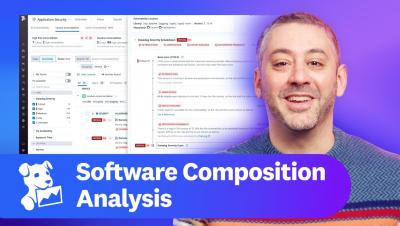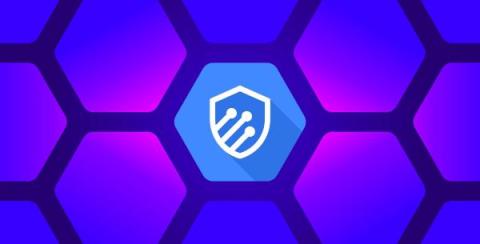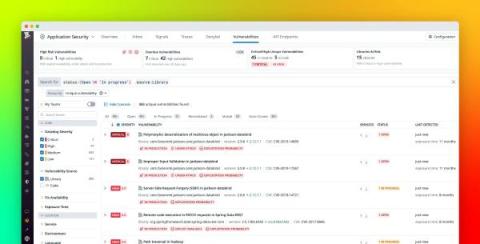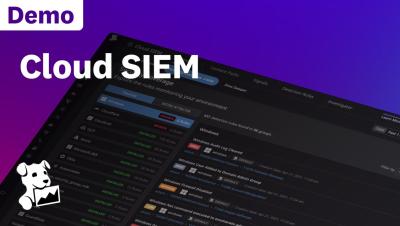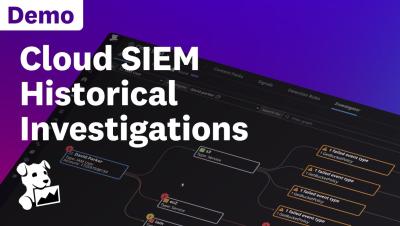Meet EO 14028 requirements with Datadog Log Management, Cloud Workload Security, and Cloud SIEM
As of August 2023, only 3 out of 23 US government agencies were compliant with Office of Management and Budget (OMB) requirements for log management and security observability. These requirements are outlined in M-21-31, a 2021 memorandum that was issued following Executive Order 14028 on improving national cybersecurity. Until all of these agencies implement the new requirements, the federal government’s ability to fully detect, investigate, and remediate cybersecurity threats will be constrained.



